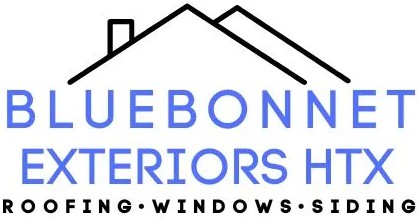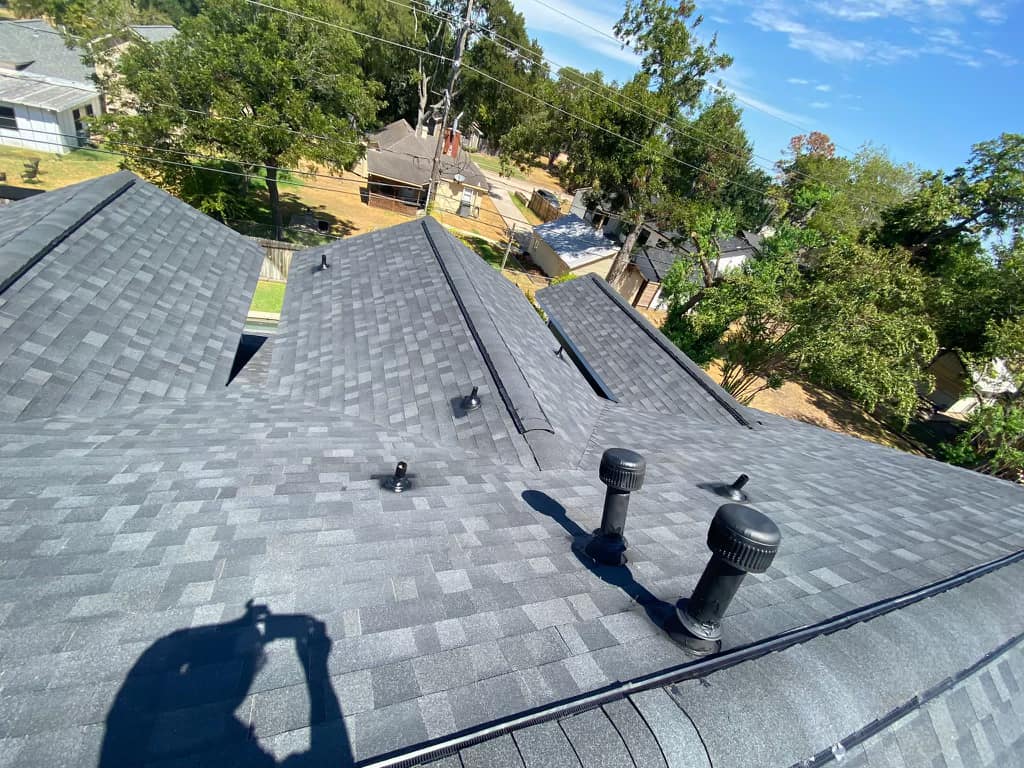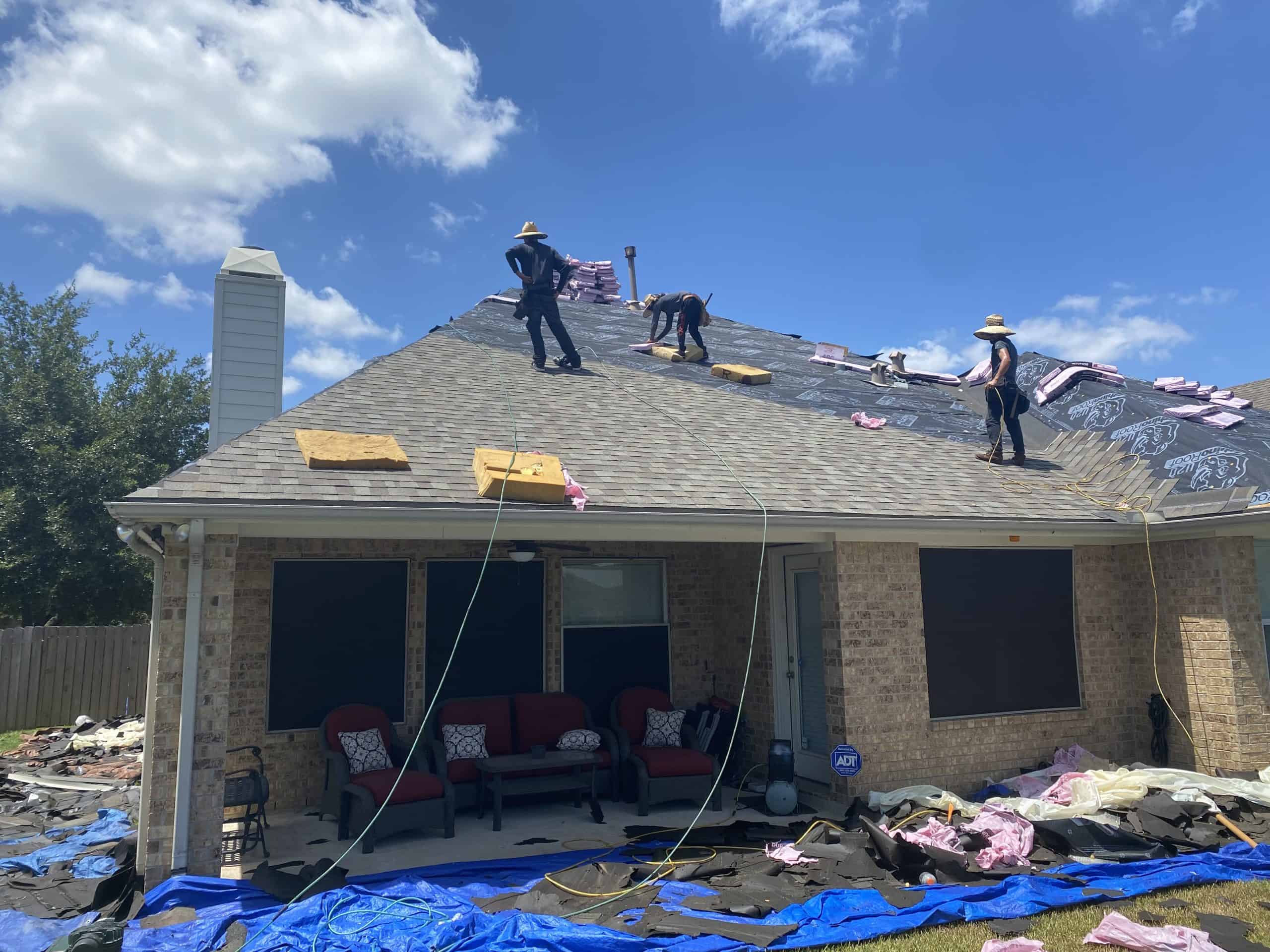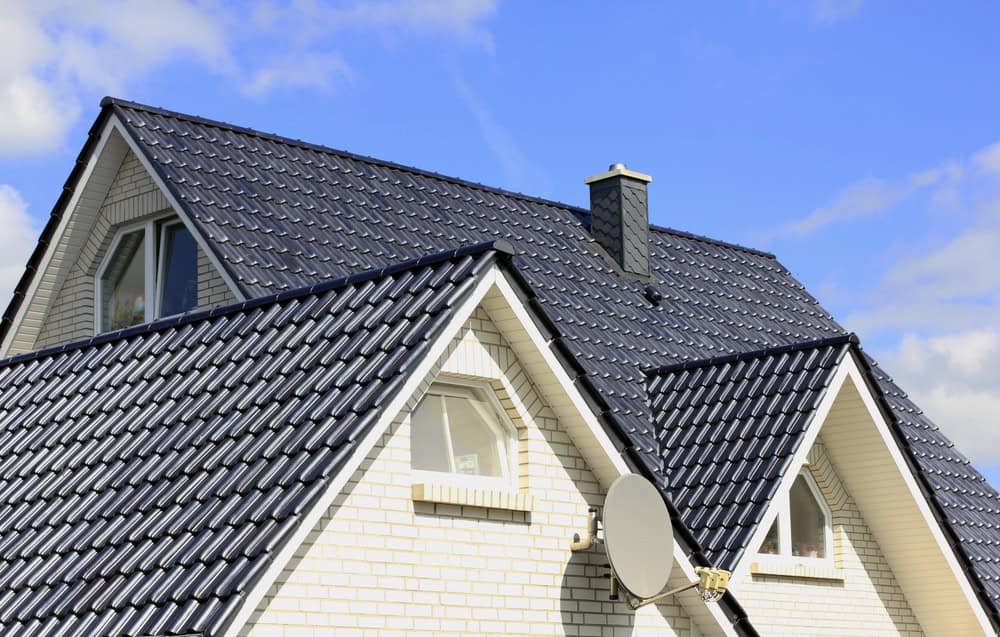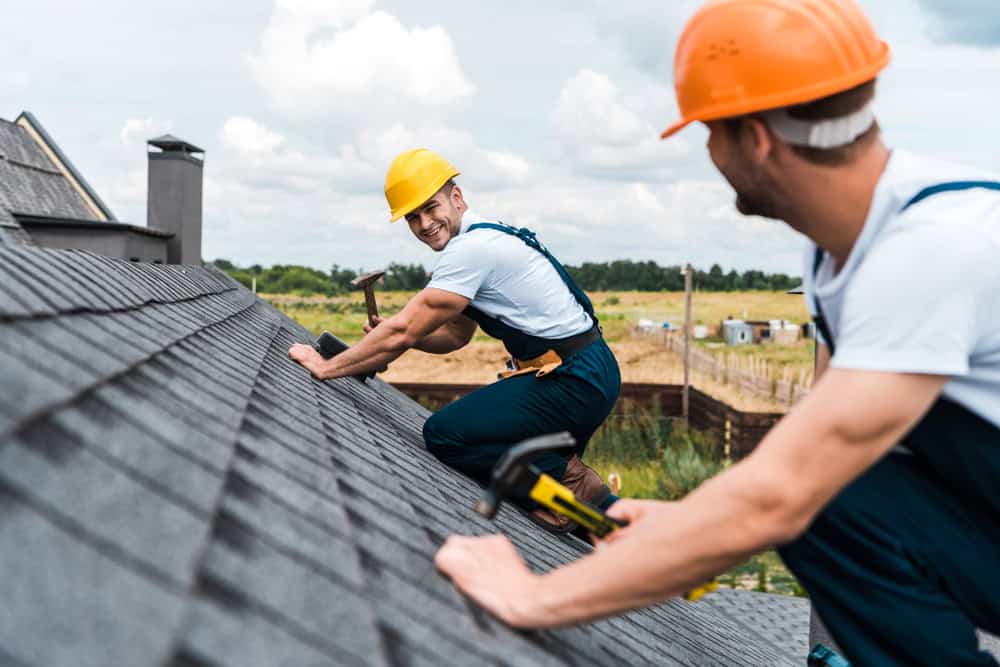Roof damage is a common and often severe consequence of a storm. Regardless of the storm’s intensity, it’s essential to assess the condition of your roof afterward. The roof is a vital asset of your house, acting as the first line of defense against the elements, including heavy rain, hail, wind, and snow. Spotting roof damage early can prevent leaks, structural issues, and even total roof failure. It’s not just about repairing a roof; it’s about ensuring the safety and security of your home.
The implications of undetected roof damage can be far-reaching and costly. A small leak might seem insignificant initially, but it can gradually lead to serious water damage, including mold growth, which poses health risks. Moreover, water ingress can damage insulation and cause an increase in heating and cooling costs. Structural damage is another significant concern. Over time, persistent water leakage can weaken the roof structure, leading to sagging or, in worst-case scenarios, complete roof collapse. Therefore, it’s crucial to inspect the roof for damage after a storm.
Signs of Roof Damage
Missing or Damaged Shingles
Following a storm, there are several key signs of roof damage to look for that will help you identify any potential issues. The first and most obvious signs of damage are those visible externally. Missing or damaged shingles are a clear indicator that your roof may have been affected by the storm. Shingles are the primary defense against water infiltration and if they are missing or damaged, your home could be vulnerable to leaks and other issues.
Damaged Flashing
Damaged flashing, which is the material that seals and protects the seams around things like your chimney or vent pipes, is another visible sign of potential roof damage. If the flashing is bent, broken, or missing, water can seep into the crevices and cause damage to your home.
Leaks Inside the House
In addition to these visible signs, there are also indirect signs that may suggest roof damage. One of the most common indirect signs of roof damage is leaks inside the house. If you notice water stains on your walls or ceilings, or if water is actively dripping into your home, your roof may have suffered damage.
Spots on the Ceiling
Spots on the ceiling, particularly if they appear or grow larger after a rainstorm, are another common indirect sign of roof damage. These spots can indicate water damage from a leak in the roof.
Debris in Your Yard From Roofing Materials
Finally, another indirect sign of roof damage is debris in your yard. After a storm, it’s not uncommon to find shingles, broken flashing, or other roofing materials scattered around your property. This debris is a clear sign that your roof has sustained damage and may need repairs.
Remember, early detection of these signs can help prevent more serious problems down the line. By spotting and addressing roof damage quickly after a storm, you can avoid significant structural issues, potentially saving you time, and money, and ensuring the safety of your home.
Steps to Assessing Roof Damage
Ensure You Have the Appropriate Safety Gear
First and foremost, safety should be your primary concern before conducting any roof damage inspection. Before ascending the roof, ensure you have the appropriate safety gear, including non-slip shoes, gloves, and a safety harness. Additionally, it’s advisable not to conduct inspections during inclement weather or when the roof is still wet, as this could increase the risk of accidents.
Begin Your Inspection From Inside the House
Secondly, begin your inspection from inside the house – the attic. Carefully look for signs of water intrusion like wet spots, stains, or mold. Often, storm damage may not be visible from the outside, but water leaks in the attic can reveal underlying issues. Also, pay attention to the insulation. If it’s soggy, it’s a clear sign that water is seeping through the roof.
Conduct a Detailed Survey of the Entire Roof
Moving onto the exterior inspection, conduct a detailed survey of the entire roof. Check for missing, cracked, or curled shingles which are often the result of high winds or hail. Don’t forget to inspect the condition of the flashing around chimneys, vents, and skylights. Damaged or missing flashing can lead to water leaks, causing further damage to your home.
Look for Secondary Signs of Roof Damage
Lastly, look for secondary signs of roof damage. This can include granules from shingles in the gutters or around the downspouts. Check for dents in gutters and roof vents which may indicate hail damage. Keep in mind that not all damage is immediately visible. Therefore, if you’ve experienced a severe storm, it’s advisable to call in a professional roofer to conduct a thorough inspection.
When to Call a Professional
While diligent homeowners can spot some obvious signs of damage, there are limitations to self-inspection. Roof damage is often subtle and can easily go unnoticed by the untrained eye. Complex roofing systems may also present inspection challenges such as hidden leaks that seep into the underlayment or structural damage beneath the shingles. Even with safety measures in place, there’s also the risk of injury from climbing on the roof, especially if it’s steep or slick from the storm. This is where professionals can help.
Why Seek Help from a Professional
Certified roofing professionals are equipped with the knowledge, experience, and tools to conduct a thorough inspection safely and effectively. They can identify less obvious signs of storm damage, including structural deformities, compromised roofing materials, and potential problem areas that could lead to leaks or more extensive damage in the future. Furthermore, a professional can provide an official damage report, which can be advantageous if you are planning to file an insurance claim.
Factors to Consider When Choosing a Roofing Contractor
Choosing a qualified roofing contractor, however, requires careful consideration. Opt for a licensed, insured, and experienced roofer with positive customer reviews and a solid reputation in your local community. Ask for recommendations from friends or family members, or consult trusted online platforms for reliable options. Additionally, ensure the contractor offers a detailed, written estimate, and warranty for their work. Remember, a professional roofing inspection is not just about spotting the damage but also about providing practical, long-term solutions to maintain the integrity of your roof.
Preventing Future Roof Damage
Regular Roof Maintenance and Inspection
Moving forward from the topic of professional roof inspection, let’s delve into how you can prevent future roof damage, which is equally crucial. Regular roof maintenance and inspection are the first steps in this regard. Just as you visit a doctor for routine check-ups, your roof too needs regular attention. Small issues can turn into serious problems if neglected. Regular inspections will allow you to spot and fix minor damages before they escalate, saving you from costly repairs down the line.
Choose Appropriate Roofing Materials
Choosing appropriate roofing materials for your climate is another vital factor in preventing future roof damage. Different materials are designed to withstand different weather conditions. For instance, metal roofs are excellent for areas prone to high winds, while clay tiles are better suited for hot, dry climates. Researching and investing in the right roofing material can significantly increase your roof’s life span and resistance to storm damage.
Proper Attic Insulation and Ventilation
Next, let’s talk about the importance of proper attic insulation and ventilation. They play a pivotal role in maintaining your roof’s health. Proper insulation prevents heat buildup in the attic, which can cause shingles to deteriorate prematurely. On the other hand, adequate ventilation helps to prevent condensation, which can lead to mold growth and wood rot. Both these factors can compromise the structural integrity of your roof.
Regular Trimming of Overhanging Branches
Lastly, regular trimming of overhanging branches can prevent future roof damage. Falling limbs can cause significant damage to your roof during a storm. Moreover, overhanging branches provide easy access for pests like squirrels and rats, which can cause further damage to your roof. Regular trimming of these branches will keep your roof safe and extend its life span.
Conclusion
In conclusion, the significance of timely detection of roof damage cannot be overemphasized. The aftermath of a storm often leaves roofs in a vulnerable state, making them susceptible to further damage if not promptly addressed. It’s vital to remember that small issues can quickly escalate into major problems if neglected, leading to costly repairs or even a full roof replacement. By identifying and rectifying issues early on, homeowners can extend the lifespan of their roofs while ensuring the safety and comfort of their households.
Proactive roof care is another crucial element in maintaining the structural integrity of your roof. This involves regular roof inspections, especially after a storm, to identify any hidden damage. Regular maintenance can also help detect potential problem areas before they become significant issues. It’s also important to consider the type of roofing material used, as some materials are more resistant to storm damage than others.
Apart from regular inspections and maintenance, adopting practices like ensuring your attic has adequate insulation and ventilation, using suitable roofing materials for your region’s climate, and trimming overhanging branches can significantly reduce potential damage to your roof.
Ultimately, being proactive in roof care can save homeowners a great deal of time, money, and stress. By spotting roof damage early, homeowners can take necessary actions to prevent further deterioration, ensuring that their homes stay protected against future storms.
Name, Address, and Phone
Bluebonnet Exteriors HTX
2546 Granberry Pt, Missouri City, Texas, 77459, US
(832) 841-4145
Social Media’s
https://www.facebook.com/people/Bluebonnet-Exteriors-HTX/100094296499569
